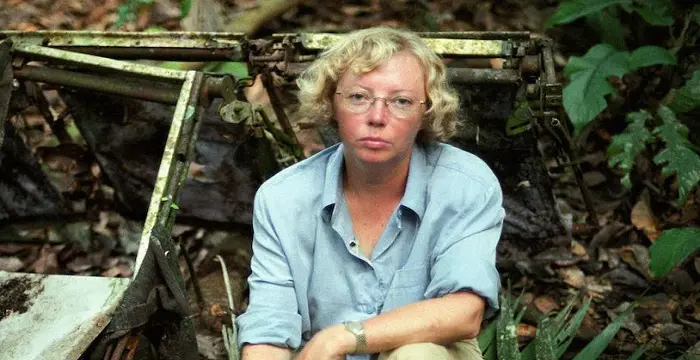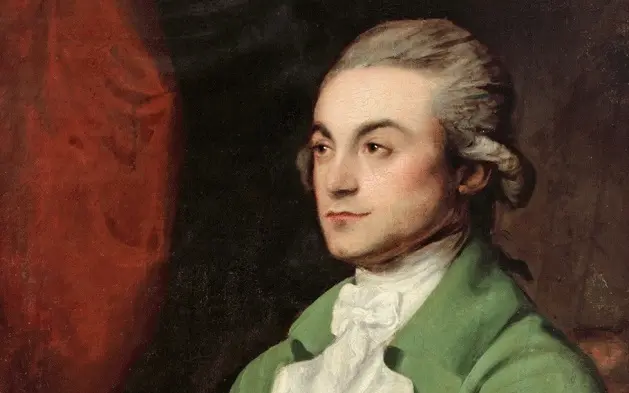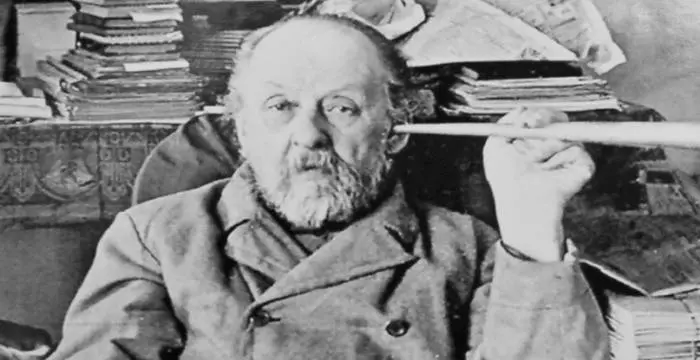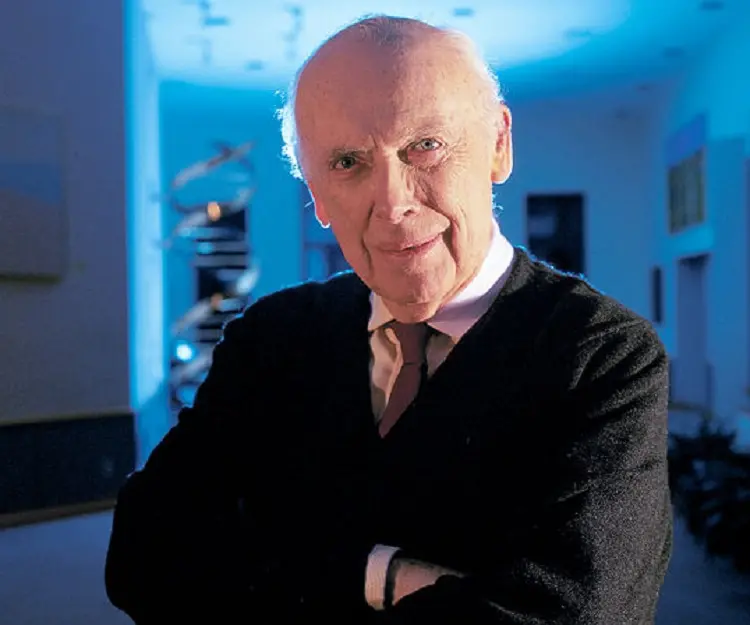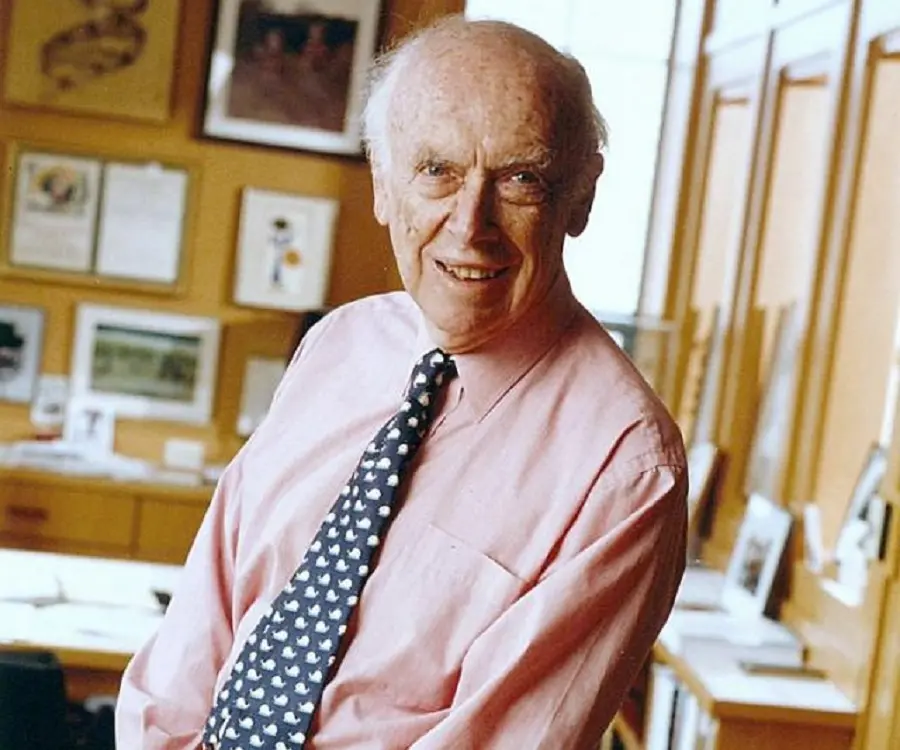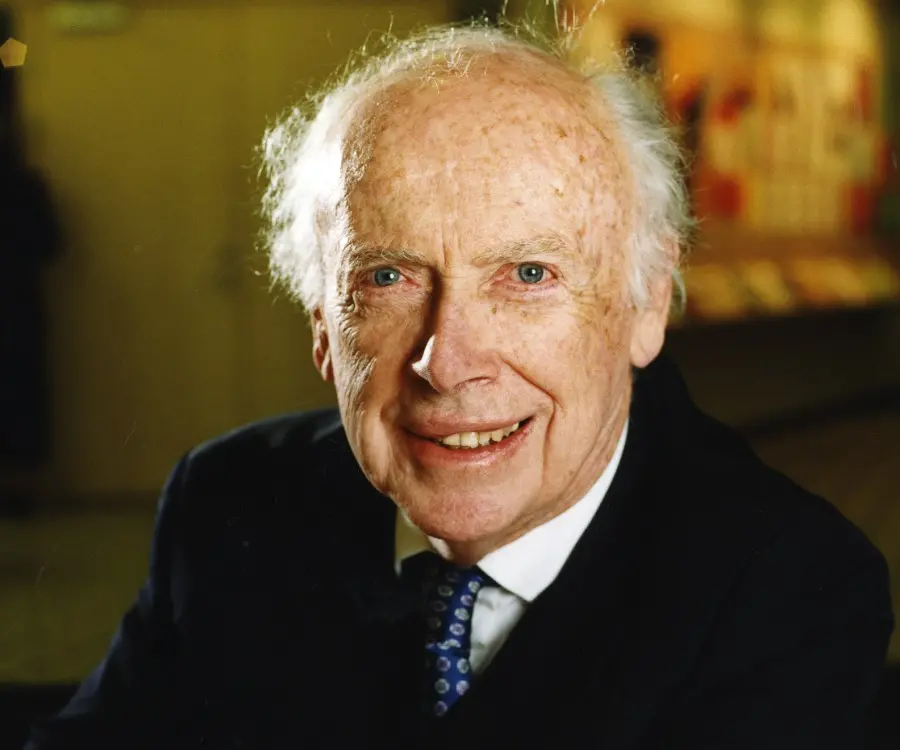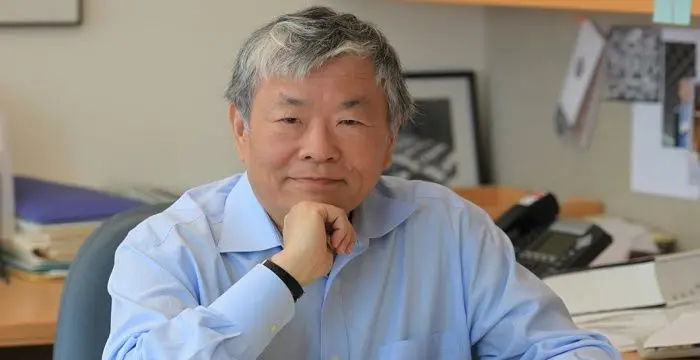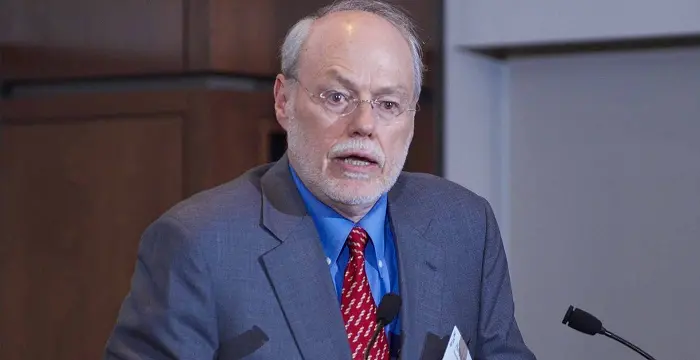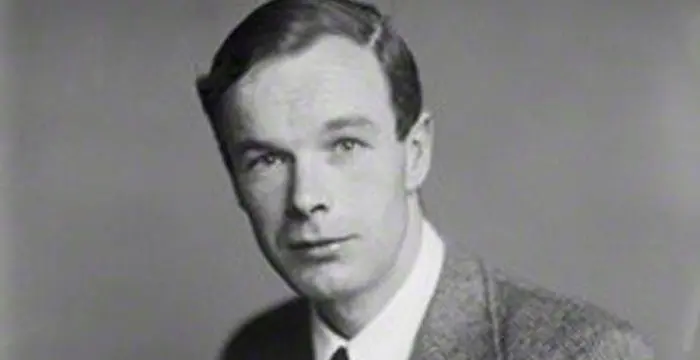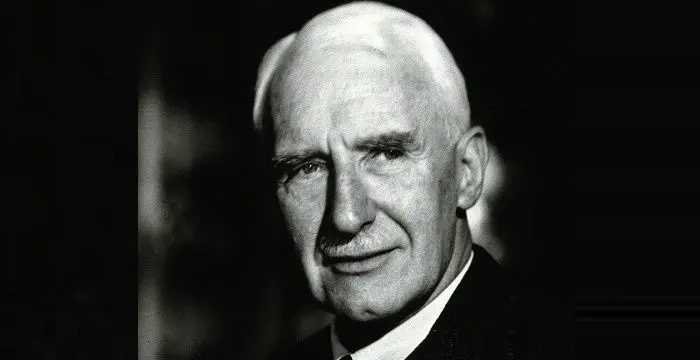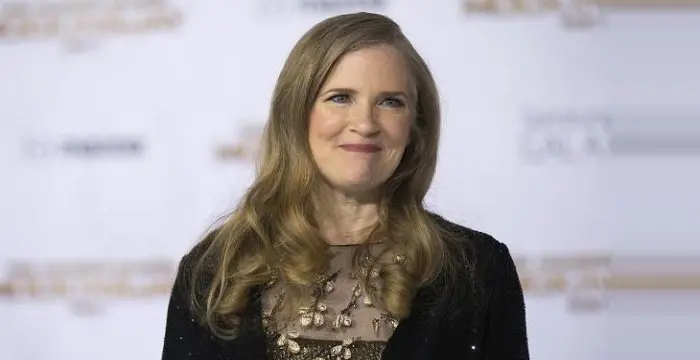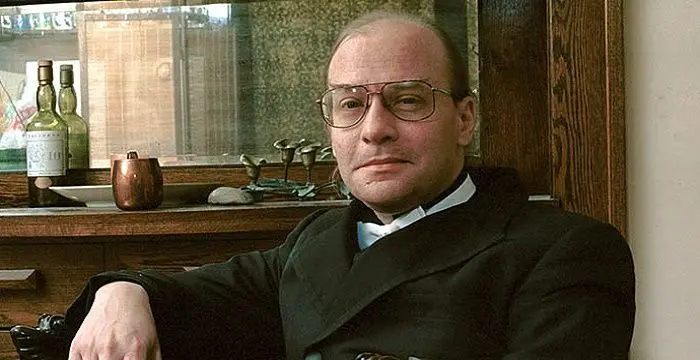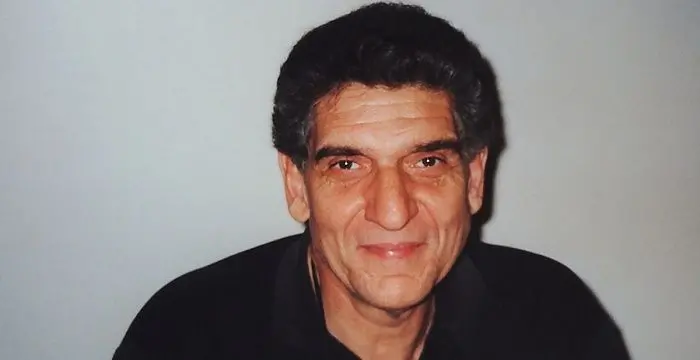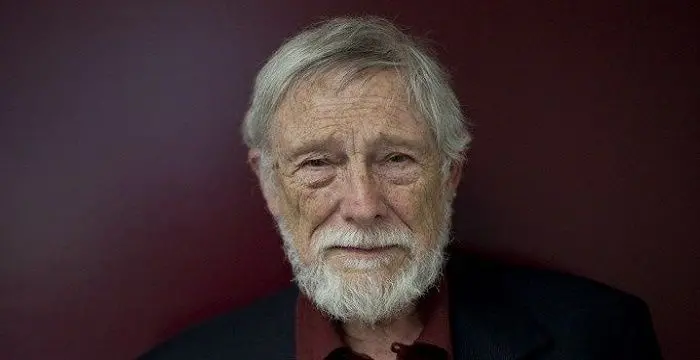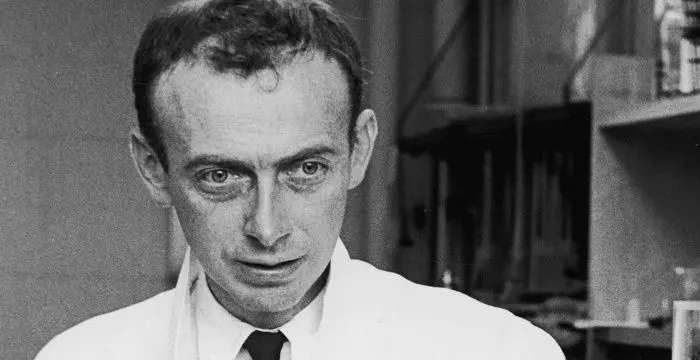
James Watson - Cambridge University, Timeline and Family
James Watson's Personal Details
James Watson is an American molecular biologist and geneticist who played a crucial role in the discovery of the molecular structure of D.N.A
| Information | Detail |
|---|---|
| Birthday | April 6, 1928 |
| Nationality | American |
| Famous | Cambridge University, Indiana University, University Of Chicago, Scientists, Biophysicists, Geneticists, Molecular Biologists |
| Hobbies | Birdwatching |
| City/State | Illinois |
| Spouses | Elizabeth Watson |
| Siblings | Elizabeth Jean Watson |
| Known as | James Dewey Watson |
| Childrens | Duncan James Watson, Rufus Robert Watson |
| Universities |
|
| Notable Alumnis |
|
| Discoveries / Inventions |
|
| Birth Place | Chicago |
| Religion | Atheism |
| Gender | Male |
| Father | James D. Watson |
| Mother | Jean Mitchell |
| Sun Sign | Aries |
| Born in | Chicago |
| Famous as | Molecular Biologist |
// Famous Scientists
Juliane Koepcke
Juliane Koepcke is a German-Peruvian biologist, who was the lone survivor among the 92 passengers and crew of the ill-fated LANSA Flight 508 that crashed in the Peruvian rainforest on 24 December 1971. Know more about her life in this biography.
Henry Cavendish
Henry Cavendish was a theoretical chemist and physicist, renowned for discovery of hydrogen and calculation of the mass of earth. To know more about his childhood, profile, timeline and career read on
Konstantin Tsiolkovsky
Konstantin Tsiolkovsky was a Russian rocket scientist and a pioneer of astronautics. This biography provides detailed information about his childhood, family, personal life, career, achievements, etc.
James Watson's photo
Who is James Watson?
James Dewey Watson is an American molecular biologist, geneticist and zoologist. He is credited for co-discovering the molecular structure of deoxyribonucleic acid (DNA), a substance that is the basis of heredity. His discovery has been described by other biologists and Nobel laureates as the most important scientific discovery of the 20th century. He was born in Illinois to James D. Watson and Jean Mitchell. Growing up, James Dewey Watson spent hours bird-watching and decided to major in ornithology but Erwin Schrodinger’s book titled ‘What is Life’ had such a profound impact on him that he chose genetics in the end. He received his B.S. degree from the University of Chicago, and his PhD from Indiana University. He was strongly opposed to the belief that genes were proteins that could replicate and DNA was a simple tetranucleotide that supported the genes. James’ perception, influenced by the discoveries and lectures of that time, was that DNA was indeed the genetic molecule. He finally found success with Francis Crick and Maurice Wilkins, when the trio discovered the double helix structure of the DNA molecule. For this discovery James Dewey Watson, Francis Crick and Maurice Wilkins earned the Nobel Prize for Physiology or Medicine in 1962
// Famous Molecular Biologists
Susumu Tonegawa
Susumu Tonegawa is a Japanese molecular biologist who was awarded the Nobel Prize for Physiology or Medicine in 1987. This biography of Susumu Tonegawa provides detailed information about his childhood, life, achievements, works & timeline.
Francis Crick
Francis Crick was an English molecular biologist, biophysicist and neuroscientist, who received the Nobel Prize for Medicine. This biography profiles his childhood, life, career, achievements and timeline.
Philip Allen Sharp
Philip Allen Sharp is an American geneticist and molecular biologist who co-discovered RNA splicing. Check out this biography to know about his childhood, life, achievements, works & timeline.
Childhood & Early Life
James Watson was born on April 6, 1928 in Chicago, Illinois. His father, James D. Watson was a businessman and his mother’s name was Jean Mitchell.
He attended Horace Mann Grammar School for eight years and South Shore High School for two years. For further education he went to the University of Chicago on a tuition scholarship in 1943.
He graduated from Chicago University with a B. S. degree in Zoology in 1947. He could pursue his dream of studying genetics when Indiana University awarded him a fellowship.
He did his PhD research at Salvador Luria’s (also his doctoral advisor) laboratory. Luria was one of the leaders of the new Phage group, a movement of geneticists from experiential system to microbial genetics.
In those times the prevalent notion was that genes were proteins which could replicate and DNA was the structure that supported it. However, Avery-Macleod-McCarty’s experiment led Watson to believe that DNA was indeed the genetic molecule.
His doctoral thesis was on the effect of hard X-rays on bacteriophage multiplication, inspired from geneticists H. J. Muller and T. M. Sonneborn and microbiologist Max Delbruck. He graduated with a PhD in Zoology in 1950.
For his post doctoral research he went to Copenhagen University for a year to work with biochemist Herman Kalckar at his laboratory. But as the field of interest differed for both, Watson shifted his workplace after some months.
His new partner was microbial physiologist Ole Maaloe and they did several experiments to explore the structure of the DNA. After much hard work and deliberation they accepted that the result of their first attempt was inconclusive.
Career
On a trip to Italy James Watson heard about Maurice Wilkins’ X-ray diffraction of DNA and soon Linus Pauling published his model of the amino acid alpha helix in California. These developments further strengthened Watson’s belief.
Watson realized that the understanding and learning of X-ray diffraction was very important to describe the structure of DNA, hence Luria got him a new postdoctoral research project in England where he could do so. In 1951 he visited the Stazione Zoologica ‘Anton Dohrn’ in Naples.
Watson and his partner, Crick, finally deduced the double-helical structure of the DNA in 1953 at the Cavendish Laboratory. The original announcement was made at a conference in Belgium and a paper on the subject was published in the scientific journal ‘Nature’ the same year.
Watson presented a paper on the double-helical structure of DNA at the 18th Cold Spring Harbor Symposium on Viruses in June 1953. Many in the audience hadn’t yet heard of the discovery and most of them saw the model for the first time.
In 1956, he became the assistant professor of biology at Harvard University. He received several promotions over the years to finally become the full professor of biology and remained on the faculty till 1976. His personal research was on RNA (Ribonucleic acid) and its role in the transfer of genetic information.
While at Harvard he penned the textbooks ‘The Molecular Biology of the Gene’, and ‘Recombinant DNA’.
He served as the Cold Spring Harbor Laboratory’s director and president for about 35 years. Later on he went on to become the Chancellor and then the Chancellor Emeritus.
The National Institutes of Health appointed him as the Head of the Human Genome Project in 1990. However, he resigned two years later as he opposed Bernadine Healy’s (then NIH Director) opinion on applying for patents on brain-specific DNA.
He was suspended from Cold Spring Harbor Laboratory (CSHL) following his remarks on race and intelligence in October 2007. A week later, he retired on the claims of old age and unanticipated circumstances.
Major Works
James Dewey Watson co-discovered the double-helical structure of the DNA molecule in 1953. The discovery is considered to be one of the most important discoveries of the 20th century. In 1962, the trio of James Dewey Watson, Francis Crick and Maurice Wilkins received the Nobel Prize in Physiology or Medicine for their discovery.
Awards & Achievements
James Dewey Watson has been honored with several distinguished awards for his tremendous achievements, including the 1962 Nobel Prize for Physiology or Medicine (with Francis Crick and Maurice Wilkins ), John J. Carty Award (1971), Copley Medal (1993) and the Lomonosov Gold Medal (1994).
Personal Life & Legacy
James Watson married Elizabeth Lewis in 1968 and together they have two sons, Rufus Robert Watson and Duncan James Watson. Rufus, born in 1970, suffers from schizophrenia.
His memoir, ‘Avoid Boring People: Lessons from a Life in Science’, was published in 2007 and a UK Book Tour was scheduled. However, in an interview he made certain statements on race-and-intelligence that were widely considered insensitive. Following the controversy, he cancelled the rest of the tour.
The 2007 controversy significantly dented Watson’s image and as a result his financial condition became so bad that he had to auction his Nobel Prize medal in 2014. Russian tycoon, Alisher Usmanov, bought it for US $4.1 million and gave the medal back to Watson.
// Famous Biophysicists
Francis Crick
Francis Crick was an English molecular biologist, biophysicist and neuroscientist, who received the Nobel Prize for Medicine. This biography profiles his childhood, life, career, achievements and timeline.
Alan Lloyd Hodgkin
Sir Alan Lloyd Hodgkin was an English biophysicist and a physiologist who received the Nobel prize in Physiology or Medicine in 1963. This biography profiles his childhood, life, research, achievements and timeline.
Archibald Hill
Archibald Vivian Hill was a Nobel Laureate English physiologist who is credited for discovering the production of heat in muscles. Check out this biography to know about his childhood, life, achievements, works & timeline.
James Watson's awards
| Year | Name | Award |
|---|---|---|
Other | ||
| 1977 | Presidential Medal of Freedom | |
| 1993 | Copley Medal | |
| 1965 | Guggenheim Fellowship for Natural Sciences | |
| 0 | US & Canada | |
| 1971 | John J. Carty Award for the Advancement of Science | |
| 1997 | National Medal of Science for Biological Sciences | |
| 0 | 1962 - Nobel Prize in Physiology or Medicine | |
| 0 | 1960 - Albert Lasker Award for Basic Medical Research | |
| 0 | 2002 - Gairdner Foundation International Award | |
James Watson biography timelines
- // 6th Apr 1928James Watson was born on April 6, 1928 in Chicago, Illinois. His father, James D. Watson was a businessman and his mother’s name was Jean Mitchell.
- // 1943He attended Horace Mann Grammar School for eight years and South Shore High School for two years. For further education he went to the University of Chicago on a tuition scholarship in 1943.
- // 1947He graduated from Chicago University with a B. S. degree in Zoology in 1947. He could pursue his dream of studying genetics when Indiana University awarded him a fellowship.
- // 1950His doctoral thesis was on the effect of hard X-rays on bacteriophage multiplication, inspired from geneticists H. J. Muller and T. M. Sonneborn and microbiologist Max Delbruck. He graduated with a PhD in Zoology in 1950.
- // 1951Watson realized that the understanding and learning of X-ray diffraction was very important to describe the structure of DNA, hence Luria got him a new postdoctoral research project in England where he could do so. In 1951 he visited the Stazione Zoologica ‘Anton Dohrn’ in Naples.
- // 1953Watson and his partner, Crick, finally deduced the double-helical structure of the DNA in 1953 at the Cavendish Laboratory. The original announcement was made at a conference in Belgium and a paper on the subject was published in the scientific journal ‘Nature’ the same year.
- // 1953 To 1962James Dewey Watson co-discovered the double-helical structure of the DNA molecule in 1953. The discovery is considered to be one of the most important discoveries of the 20th century. In 1962, the trio of James Dewey Watson, Francis Crick and Maurice Wilkins received the Nobel Prize in Physiology or Medicine for their discovery.
- // Jun 1953Watson presented a paper on the double-helical structure of DNA at the 18th Cold Spring Harbor Symposium on Viruses in June 1953. Many in the audience hadn’t yet heard of the discovery and most of them saw the model for the first time.
- // 1956 To 1976In 1956, he became the assistant professor of biology at Harvard University. He received several promotions over the years to finally become the full professor of biology and remained on the faculty till 1976. His personal research was on RNA (Ribonucleic acid) and its role in the transfer of genetic information.
- // 1962 To 1994James Dewey Watson has been honored with several distinguished awards for his tremendous achievements, including the 1962 Nobel Prize for Physiology or Medicine (with Francis Crick and Maurice Wilkins ), John J. Carty Award (1971), Copley Medal (1993) and the Lomonosov Gold Medal (1994).
- // 1968 To 1970James Watson married Elizabeth Lewis in 1968 and together they have two sons, Rufus Robert Watson and Duncan James Watson. Rufus, born in 1970, suffers from schizophrenia.
- // 1990The National Institutes of Health appointed him as the Head of the Human Genome Project in 1990. However, he resigned two years later as he opposed Bernadine Healy’s (then NIH Director) opinion on applying for patents on brain-specific DNA.
- // 2007His memoir, ‘Avoid Boring People: Lessons from a Life in Science’, was published in 2007 and a UK Book Tour was scheduled. However, in an interview he made certain statements on race-and-intelligence that were widely considered insensitive. Following the controversy, he cancelled the rest of the tour.
- // 2007 To 2014The 2007 controversy significantly dented Watson’s image and as a result his financial condition became so bad that he had to auction his Nobel Prize medal in 2014. Russian tycoon, Alisher Usmanov, bought it for US $4.1 million and gave the medal back to Watson.
- // Oct 2007He was suspended from Cold Spring Harbor Laboratory (CSHL) following his remarks on race and intelligence in October 2007. A week later, he retired on the claims of old age and unanticipated circumstances.
// Famous Indiana University
Suzanne Collins
Suzanne Collins is the famous author of ‘The Underland Chronicles’, and ‘The Hunger Games’. This biography provides detailed information about her childhood, profile, career and timeline
Victor Oladipo
Victor Oladipo is an American basketball player affiliated NBA team Indiana Pacers. Check out this biography to know about his birthday, childhood, family life, achievements and fun facts about him.
Meg Cabot
Meg Cabot is an author of romantic and paranormal novels best known for ‘The Princess Diaries’. This biography of Meg Cabot provides detailed information about her childhood, life, achievements, works & timeline.
John M. Ford
John M. Ford was a renowned American writer, poet and game designer. This biography offers detailed information about his childhood, life, career, works, achievements and timeline.
Andreas Katsulas
Andreas Katsulas was an American actor, best known for his negative and supporting roles in movies and TV series. This biography of Andreas Katsulas provides detailed information about his childhood, life, achievements, works & timeline.
Gary Snyder
Pulitzer Prize winner and famously known as the ‘poet laureate of Deep Ecology’, Gary Snyder is an American poet, travel writer, translator, essayist, lecturer and environmental activist.
James Watson's FAQ
What is James Watson birthday?
James Watson was born at 1928-04-06
Where is James Watson's birth place?
James Watson was born in Chicago
What is James Watson nationalities?
James Watson's nationalities is American
What is James Watson hobbies?
James Watson's hobbies is Birdwatching
Who is James Watson spouses?
James Watson's spouses is Elizabeth Watson
Who is James Watson siblings?
James Watson's siblings is Elizabeth Jean Watson
Who is James Watson childrens?
James Watson's childrens is Duncan James Watson, Rufus Robert Watson
What was James Watson universities?
James Watson studied at Cambridge University,Indiana University,University Of Chicago, 1950 - Indiana University, 1947 - University of Chicago, Clare College, Cambridge, South Shore High School, Horace Mann Grammar School
What was James Watson notable alumnis?
James Watson's notable alumnis is Cambridge University, Indiana University, University Of Chicago
What is James Watson's inventions/discoveries?
Discovery Of The Structure Of DNA, Which Was Published In 1968 was invented (or discovered) by James Watson
What is James Watson's religion?
James Watson's religion is Atheism
Who is James Watson's father?
James Watson's father is James D. Watson
Who is James Watson's mother?
James Watson's mother is Jean Mitchell
What is James Watson's sun sign?
James Watson is Aries
How famous is James Watson?
James Watson is famouse as Molecular Biologist
